
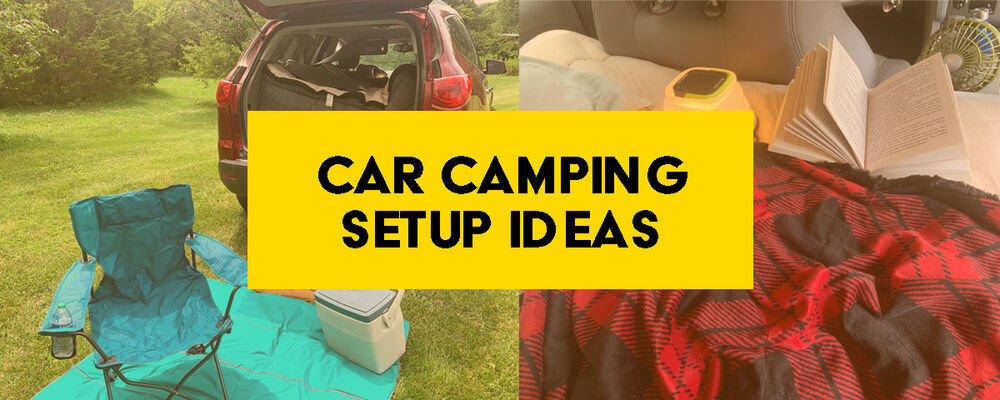
Car Camping Setup Ideas: Tips on Staying Comfortable (On Any Budget)
Car Camp Tip #1: Stay Organized
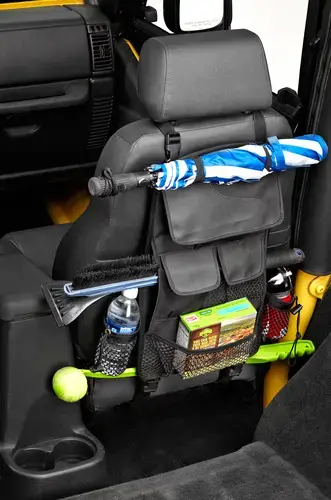
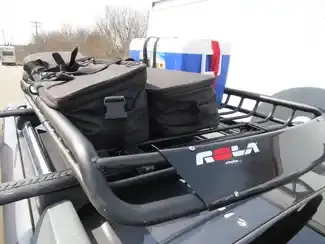
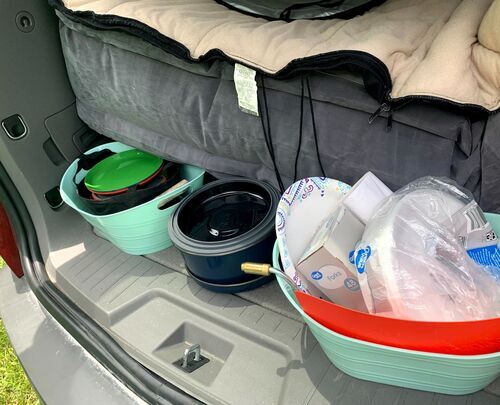
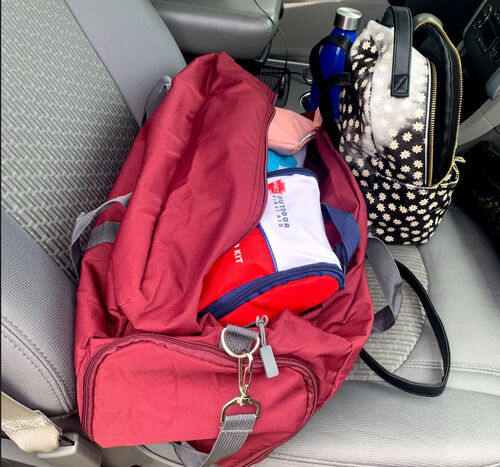
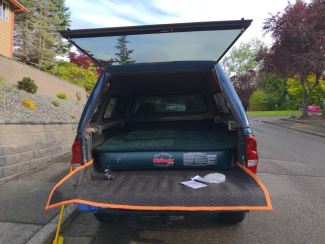
Car Camp Tip #2: Know Your Space, and Make Sure Your Bed Fits
Car Camp Tip #3: Invest in Good Bedding

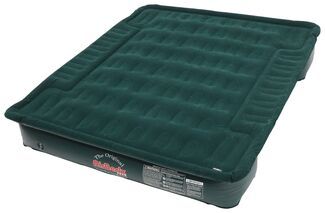
They're better suited for cold climates since they provide insulation They're generally smaller (this can be a pro and a con - they take up less space, but you have less space to sleep on) As mentioned, you don't have to worry about holes deflating your entire bed You don't need to bring a pump to inflate it They don't raise you up quite as much, so there's more room between you and the ceiling
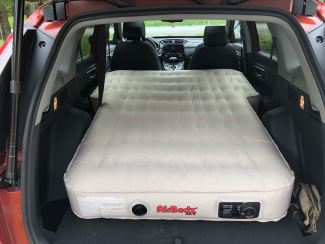
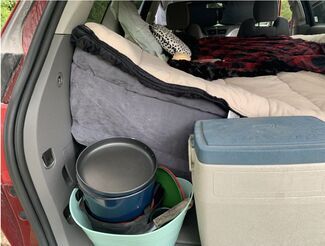
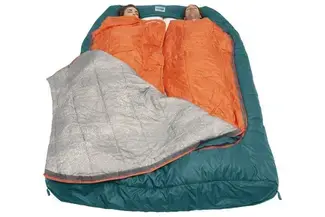
Sleeping Bags
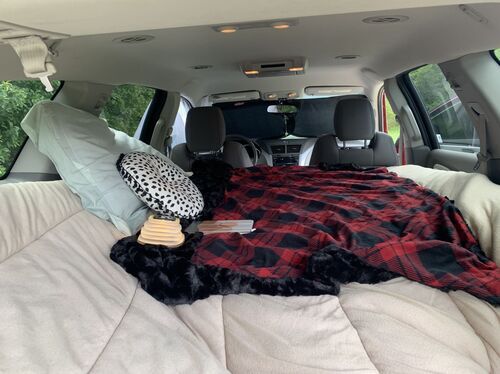
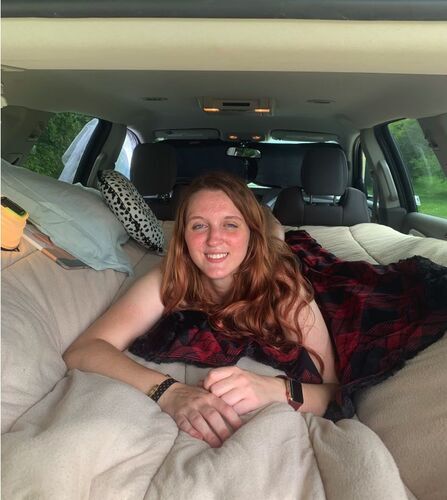
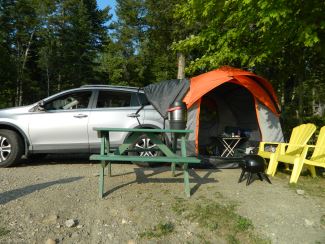
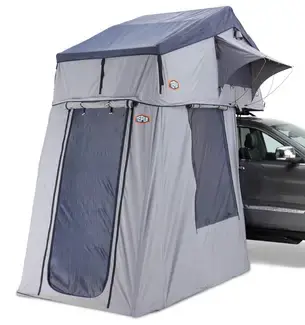
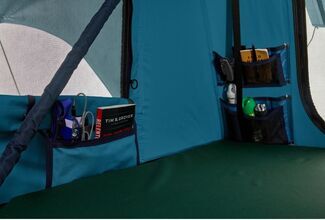
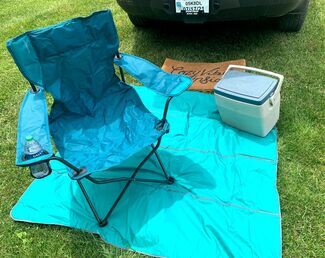
Car Camp Tip #4: Set up an Outdoor Space
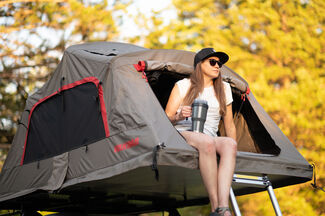
Car Camp Tip #5: Bring the Right Clothes
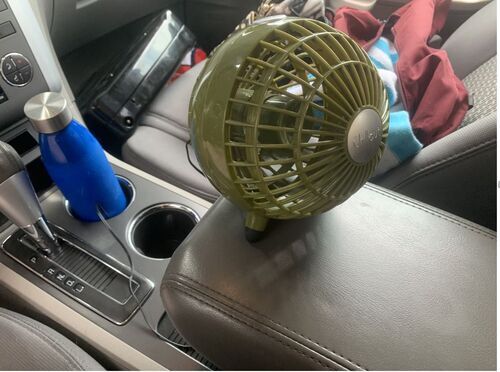
Car Camp Tip #6: Bring a Fan or Heater (But Don't Let it Kill Your Battery)
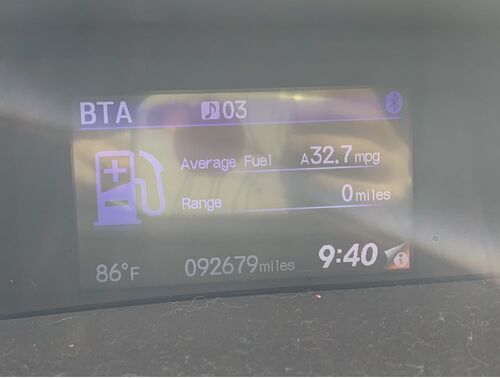
Car Camp Tip #7: Be Prepared for Emergencies
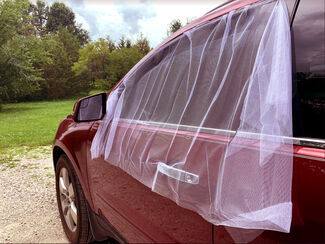
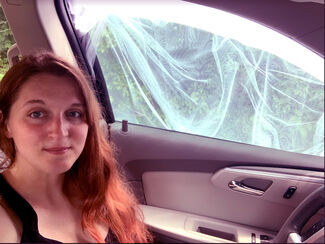
Car Camp Tip #8: Don't Forget the War on Bugs
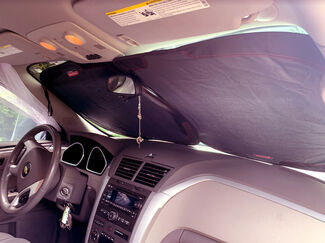
Tip #9: Cover Your Windows to Prevent the "Fishbowl Effect"
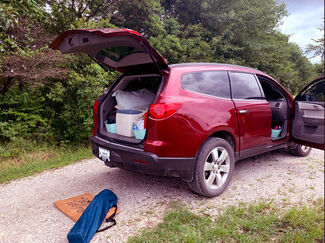
Car Camp Tip #10: You Do You

Departments
Towing
- Trailer Hitch
- Fifth Wheel
- Gooseneck
- Towing a Vehicle
- Front Hitch
- RV Hitch
- ATV Hitch
- HD Truck Hitch
- Vehicle Wiring
- Brake Controller
- Ball Mounts
- Weight Distribution
Sports and Recreation
Trailer Parts
- Utility Trailer
- Boat Trailer
- Landscape Trailer
- Enclosed Trailer
- 5th/Camper Trailer
- Car Hauler
- Horse Trailer
Vehicle
Contact & Help

Popular Vehicles
- Subaru Forester
- Ford F-350 Super Duty
- Ford F-250 Super Duty
- Chevrolet Silverado 1500
- Jeep Wrangler Unlimited
- Jeep Wrangler
- Ram 3500
- Toyota Highlander
- Ram 2500
- Chevrolet Silverado 2500
- Subaru Outback Wagon
- Chevrolet Silverado
- Dodge Ram Pickup
- GMC Sierra 2500
- Ram 1500
- Ford F-250 and F-350 Super Duty
- Jeep Grand Cherokee
- Toyota Tacoma
- GMC Sierra 3500
- Toyota Tundra
- Ford Escape
- More >>


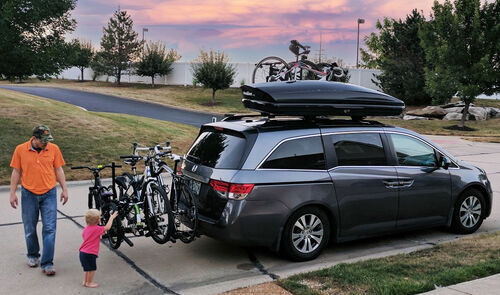
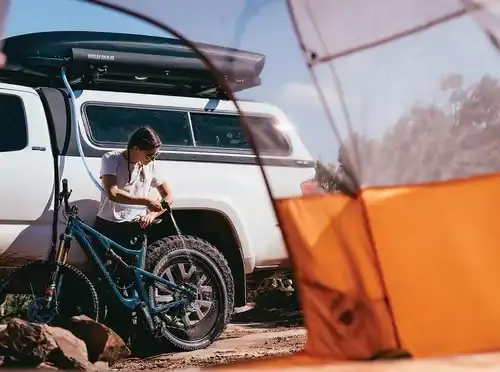
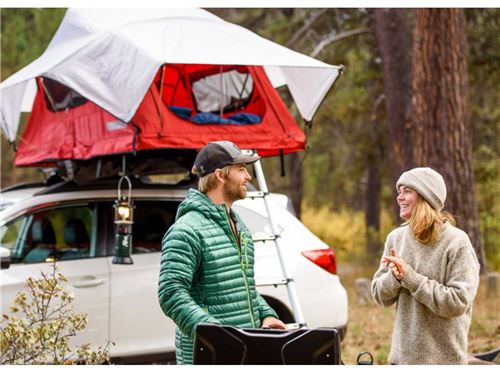
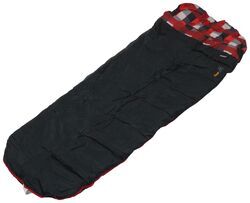
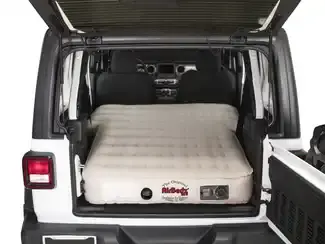
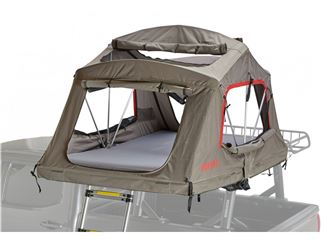















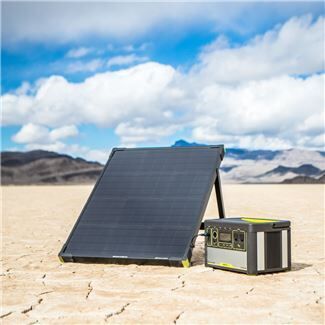









Doug E.
5/20/2022
I pretty much agree with all the Items talked about But, I have a Deep Cycle battery installed in my past vehicles to run all my Camping Electrical Stuff that is recharged while operating the Camping Vehicle. OR a 150 watt solar panel to keep it charged. I have never had a Dead starting vehicle battery doing this......